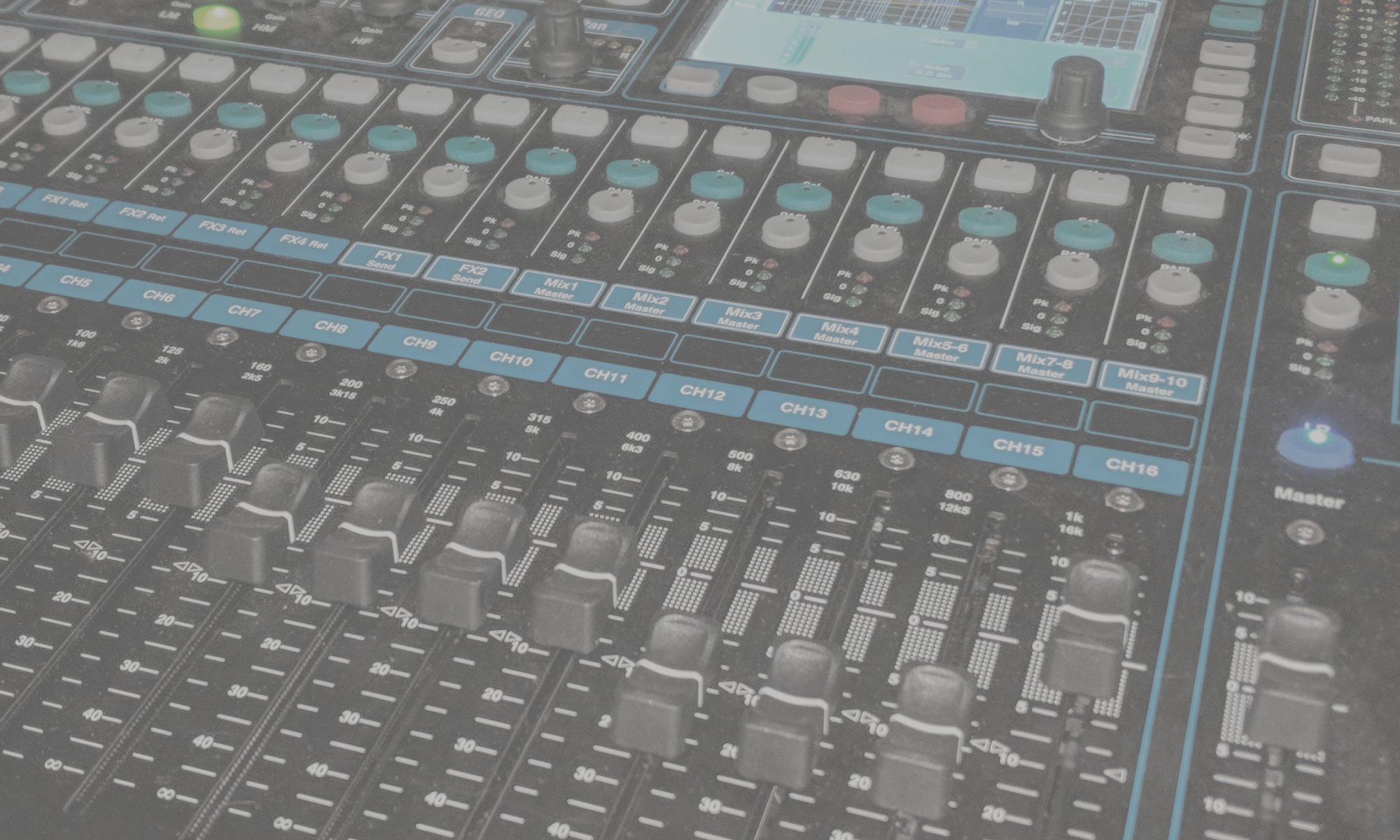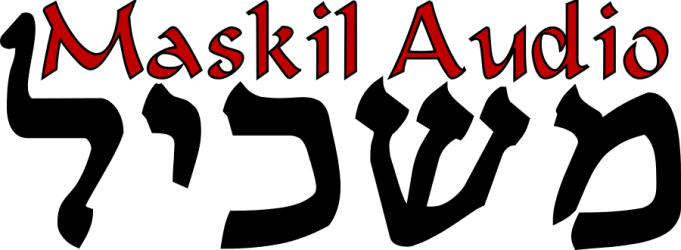Guitars serve a variety of roles in music. Depending on the song, or even what part of a song, the guitar can be every single element. Whatever element the guitar is serving as will mean a slightly different method of putting it in the mix, and so I’ll be covering general principles that can be adapted to any situation
Getting It
While Acoustic and Electric guitars are very similar, from a mixing perspective actually getting the sound through the system to reinforce it are quite different from one to the other.
Acoustic
The simplest method of hooking up an acoustic guitar is if a pickup is installed, in which case a DI box is the best option for live sound. Even if the guitar player is using an acoustic amplifier on stage for a monitor, usually the direct signal from the guitar itself will give you the best result. The only exception is if the guitar player is using some manner of effects, be it through an amplifier or foot pedals. In this case, you want either a direct out from the amplifier or to take the output of the last foot pedal in the chain.
If the acoustic doesn’t have a pickup or you want a mic to get the tone coming out of the guitar, it’s easiest to use a unidirectional microphone about a foot in front of the guitar pointed at a 45-degree angle to where the neck and body meet. As usual, experiment to find the best placement for the desired sound.
Electric
Contrary to the acoustic guitar, it very rarely sounds good to run an electric guitar — even after effect pedals — into a DI box. Unless the guitarist’s effects setup includes a cabinet simulator, it’s best to mic the amplifier of an electric guitar. Unfortunately, each amplifier will need to be mic’d a little differently depending on the cabinet. Often it’s best to start by asking the guitar player which speaker sounds best!
In general, take a general instrument mic (like an SM57) and point it directly at the speaker, about 2 inches away from the grill and just inside halfway between the middle of the speaker and its edge. This can sometimes be hard to find depending on the cabinet. Adjust the distance, position, and angle of the microphone until you get the sound you want. If the guitar has a stereo cabinet, do the same thing with both the left and right speakers. (Be careful though, most of the time a cabinet with more than one speaker isn’t a stereo cabinet; you only need one mic for a mono cabinet no matter how many speakers it has.)
In the Mix
I usually like guitars to be panned between 20% and 50% left or right to clear out room for my lead instruments. (Unless, of course, the guitar is the lead instrument.) Guitars and vocals occupy very similar frequency ranges, and panning guitars off center makes sure there isn’t as much overlap. For recorded guitars, it is often handy to record the same guitar line twice and pan it in opposite directions to create a bigger sound.
For electric guitars, apply EQ to get the sound you want, but it’s usually good to avoid effects; most electric guitars will already have them by the time they’re in the system. Acoustic guitars do well with chorus and reverb, but make sure the guitar player isn’t already adding those in first. More and more acoustic guitar players are using their own effects and it usually doesn’t sound good to double up.

